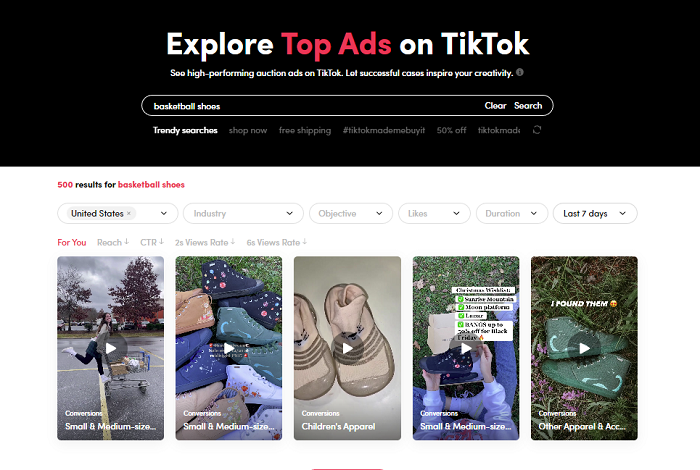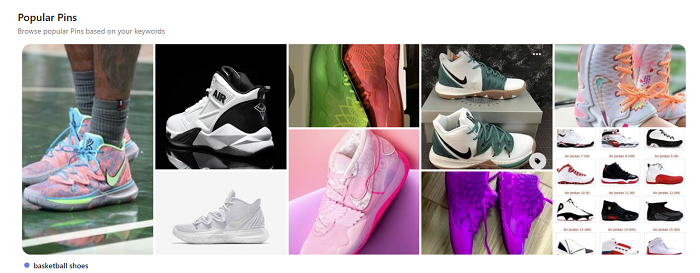As we lead into 2023, we’ve put together a new series of guides on key digital strategy elements, to help you map out the best approach for your business – or just to give you some pointers to refine your process.
In the first two elements, we covered:
This third post will explore the next stage – researching your competitors to better understand your business landscape, and learn from what they’re already doing in their digital marketing efforts.
Which, inevitably, does take time – but there are some new tools and tricks available to help you streamline your competitor research process.
Studying the competition
In order to examine what your key competitors are doing online, you first need to know who they are, and how to find their various profiles.
Which generally means Google search, search on each social app, etc.
But ChatGPT streamlines this:
As you can see in this video from Andy Gray, you can use ChatGPT to generate a listing of the key competitors in your region, including links to all of their social media handles for your further examination. Copy that list across to Excel and you have a solid starting point for your competitor study, where you can glean more info into what they’re doing right and wrong online.
From there, however, you do still need to do some manual digging.
First, you’ll want to list how many followers they have on each platform, so you understand which brands are performing best on each, and you have at least some benchmark for relative success. You can use Facebook’s comparison data within your Facebook Page to glean some of this (which LinkedIn now also provides), but you’ll likely need to click through on each profile to get the full numbers you want.
Also note that ChatGPT’s data doesn’t go past 2021 at this stage, so a newer competitor could have emerged too. A quick Google search of your niche and region could help to augment your data, while you might also want to conduct the same search on each social platform, depending on your business.
Digging deeper, you may also want to find out how many Likes each brand generates per post, how many comments, etc.
There are various tools you can use to access this type of data, but some are pricey, and if you’re looking to save money, you could manually sample a selection of their posts to get similar insight.
But if you have the resources available:
- BuzzSumo – BuzzSumo has, at times, proven to be a critical tool for me in researching the competition, and gleaning insight into content trends, platform performance, and more. It’s not cheap, but it’s worth the investment if you’re serious about maximizing your content performance.
- Fanpage Karma – Fanpage Karma enables you to dig deeper into the performance of any Facebook Page, with advanced data insights to help inform your strategy.
- Followerwonk – A highly underrated Twitter analytics tool. Followerwonk includes a range of analysis elements, which enables you to dig into who’s following your competition, what time they see the most engagement, where their followers are based, bio keywords of their audience, and more.
- Social Blade – Social Blade provides platform performance insights for YouTube, TikTok, Instagram, Twitch, Facebook, Twitter and more, and can be great for growth analysis, in particular, and seeing when and how users add more users
- Crowdtangle – This is likely a bit harder to access, but Meta’s analysis tool, which is primarily aimed at journalists, enables you to analyze any Facebook or Instagram profile, and glean insight into what they’re posting, what kind of engagement they’re seeing, keyword monitoring, and more.
Some of these tools have free trials available, which will give you some perspective on how they work, and whether they’ll suit your purpose.
In addition to this, you can also use Facebook’s Ads Library to analyze the advertising approach of any brand, along with TikTok’s ‘Top Ads’ mini-site, which includes a listing of the best-performing promotions by sector.

Pinterest’s top trends tool also enables you to search the platform by keyword, which will highlight some of the top performers in your sector and region.

Analyzing the data
Once you’ve collected all the raw data, you can dig into the specifics.
Which brand is getting the most Likes per post? That could indicate that they’re doing something right.
Which has the biggest audience in each app? Which is generating the most comments and discussion?
Each element will have its own value and relevance, and you can learn a lot from what’s working – while also avoiding the missteps of those that are not generating engagement.
Take note of their use of video versus still images, the use of short video clips and animation, memes, quotes, poll posts – and importantly, how often they’re engaging with users in the comments.
You’ll also be able to compare how often they’re posting, and when, which could be another indicator for your approach.
At the end of this, you’ll have a clearer vision of what your competitors are doing, and how they’re seeing success, which will then help to refine your own posting process, while also highlighting which platforms should be your focus.



